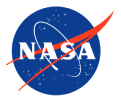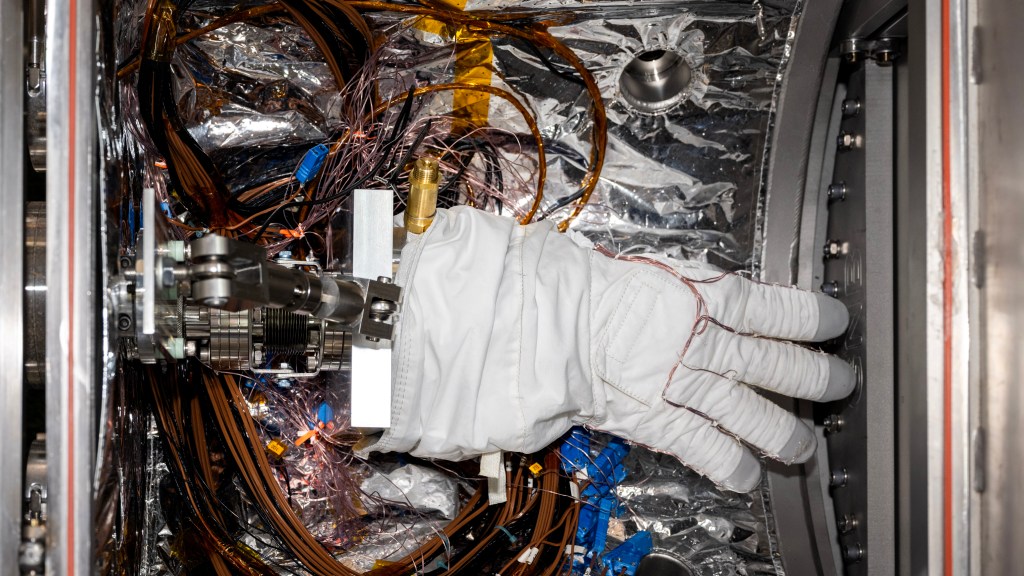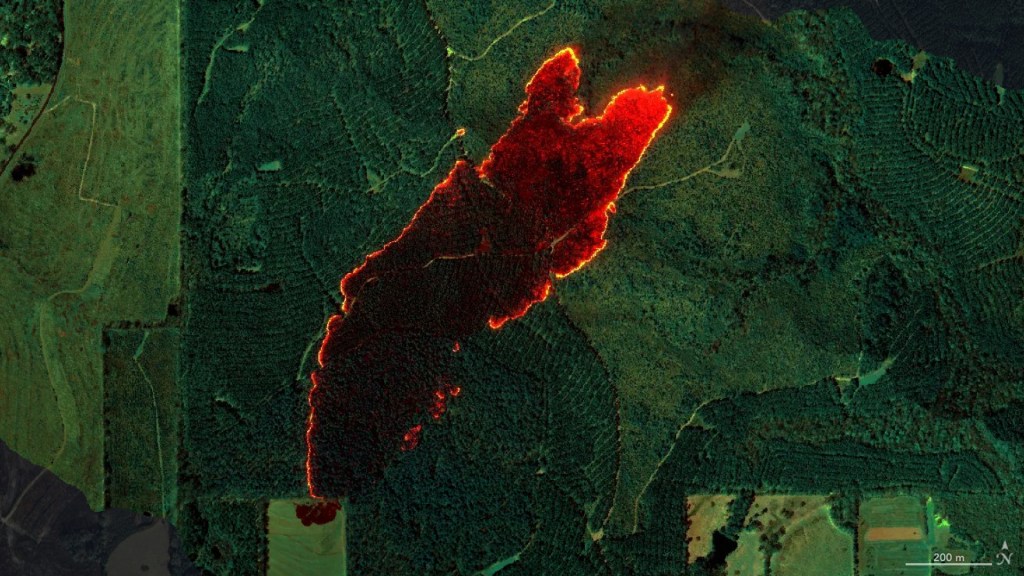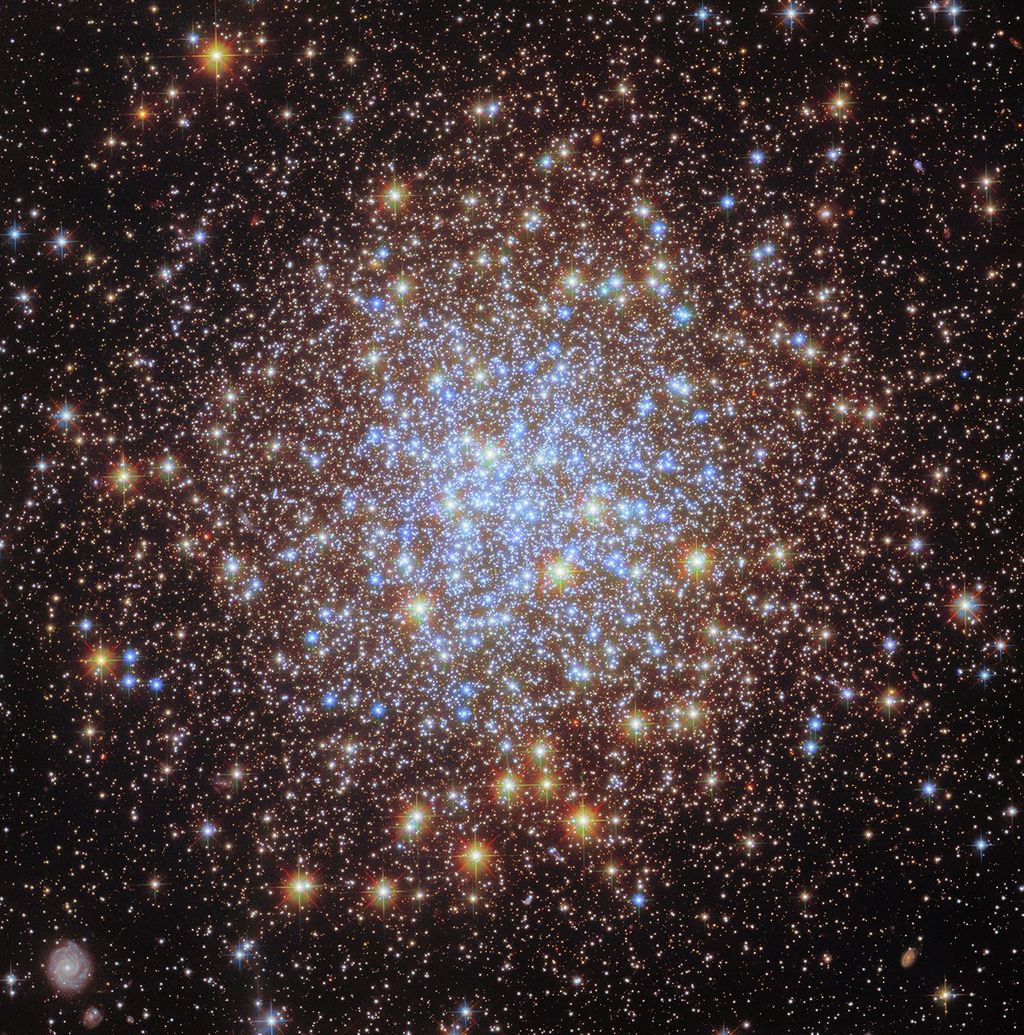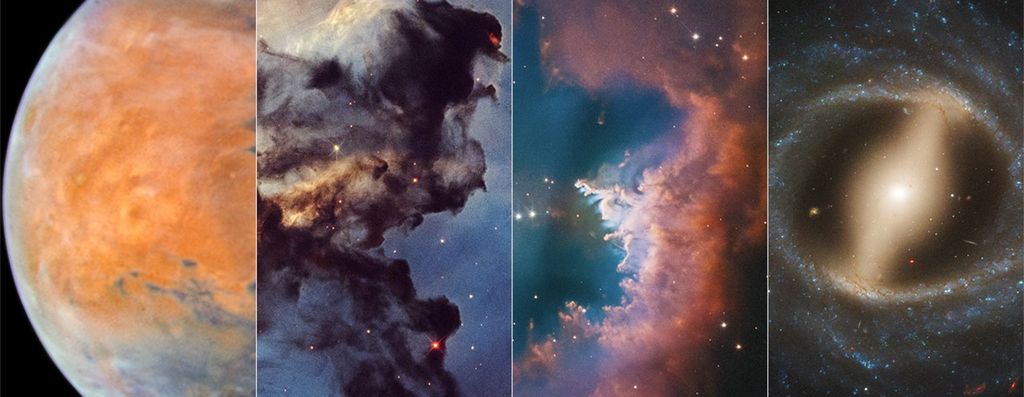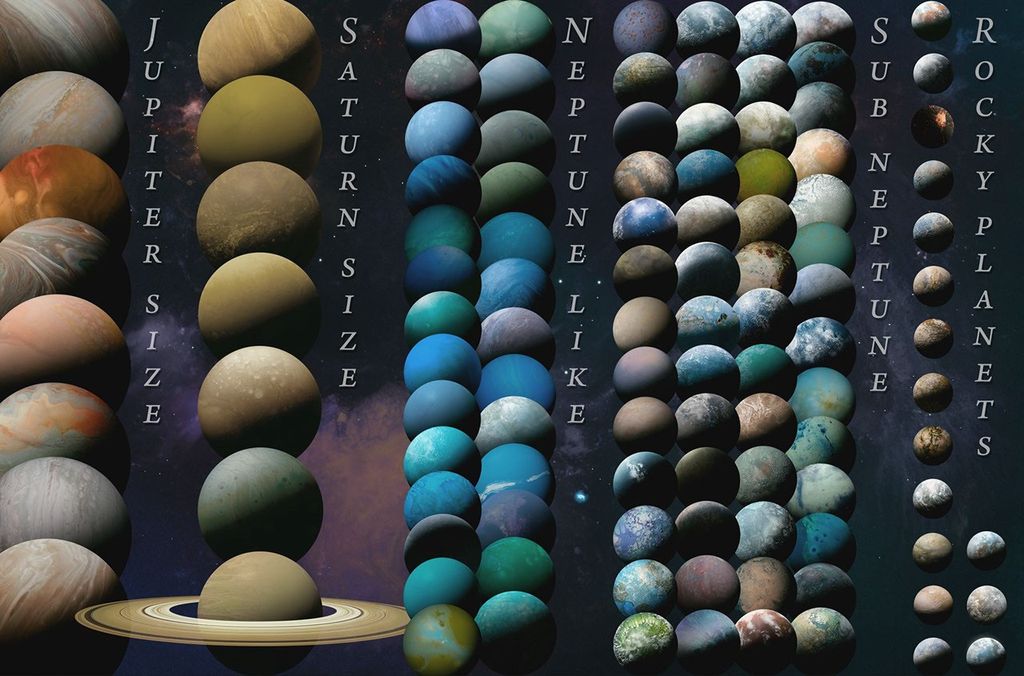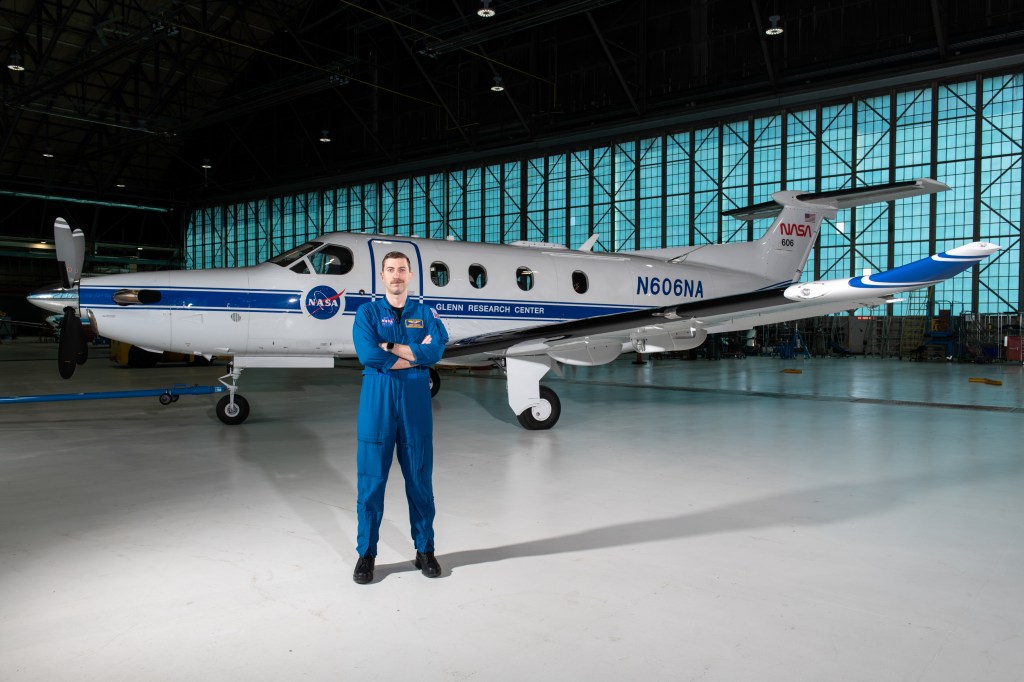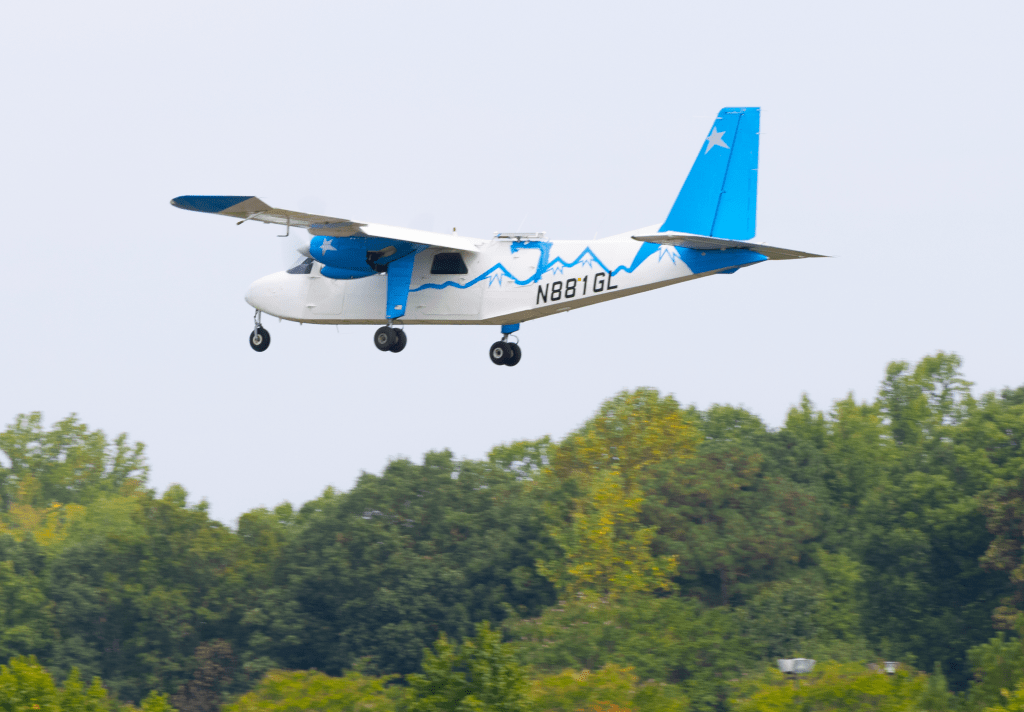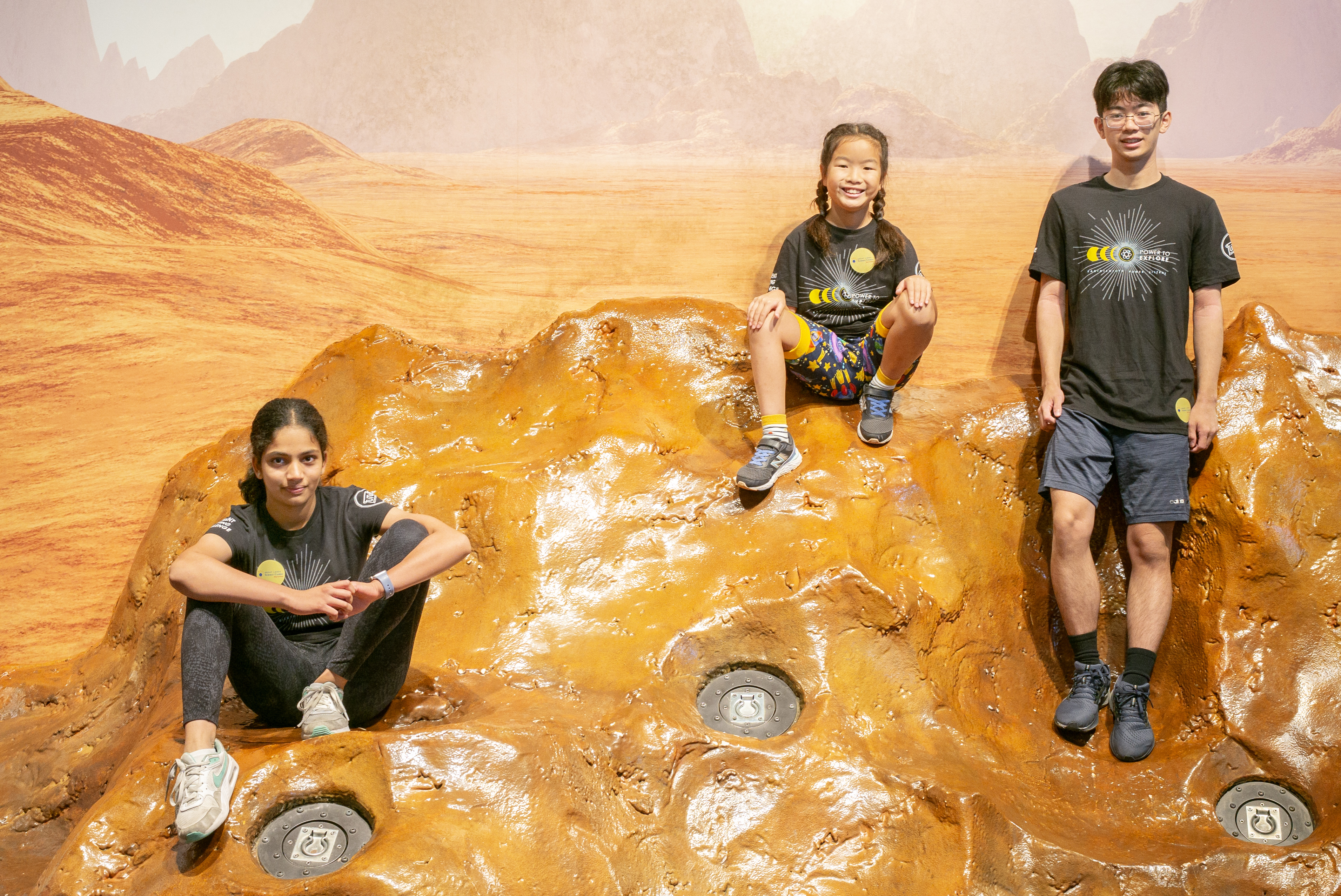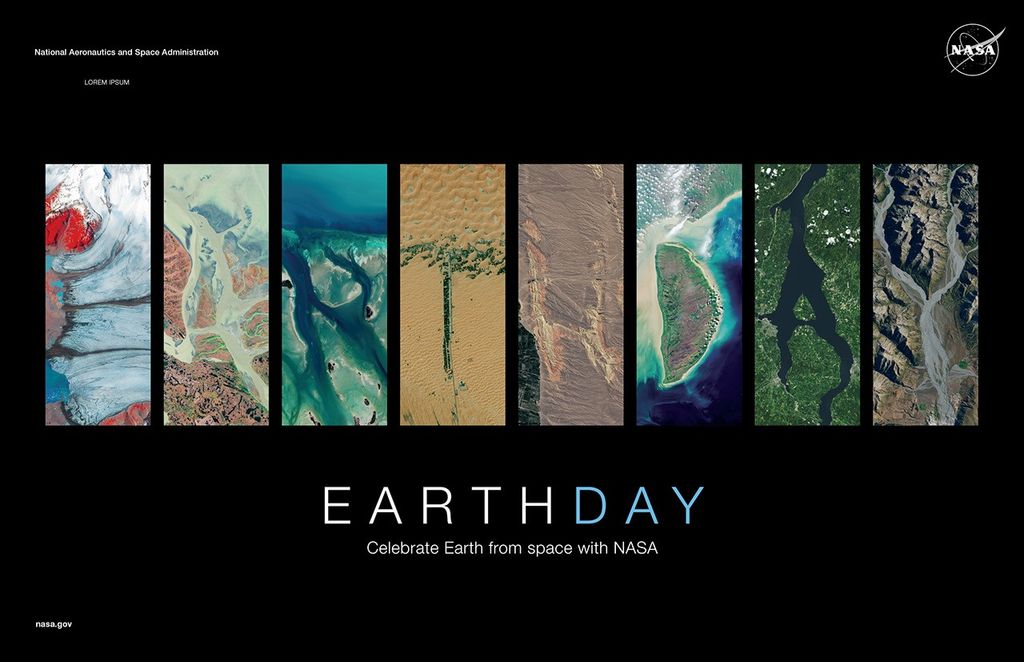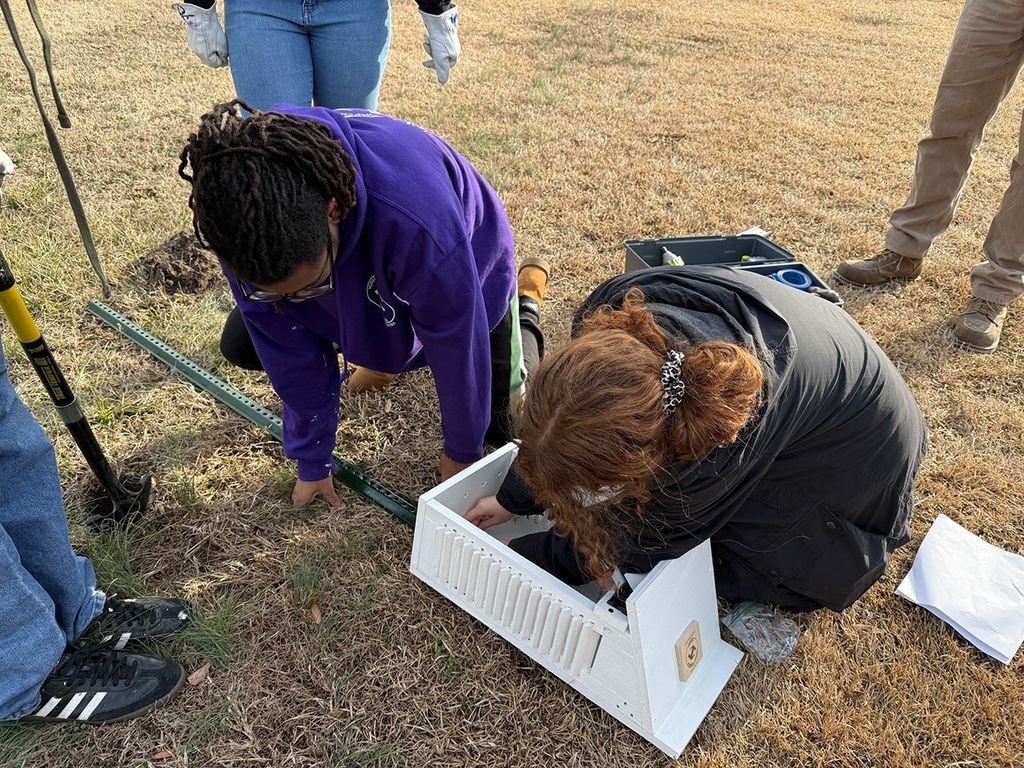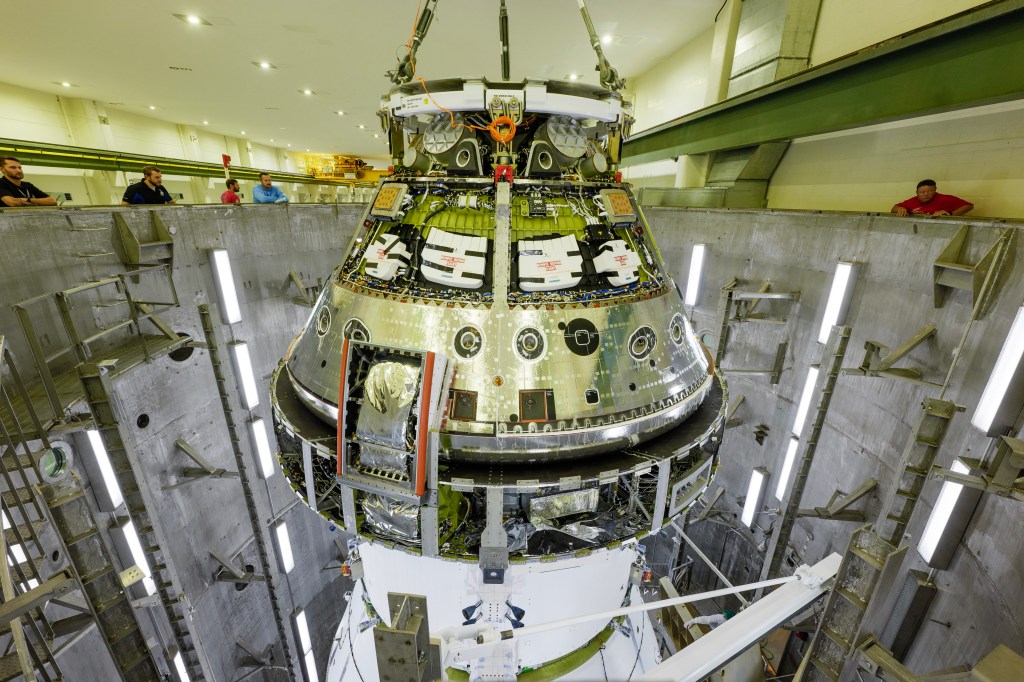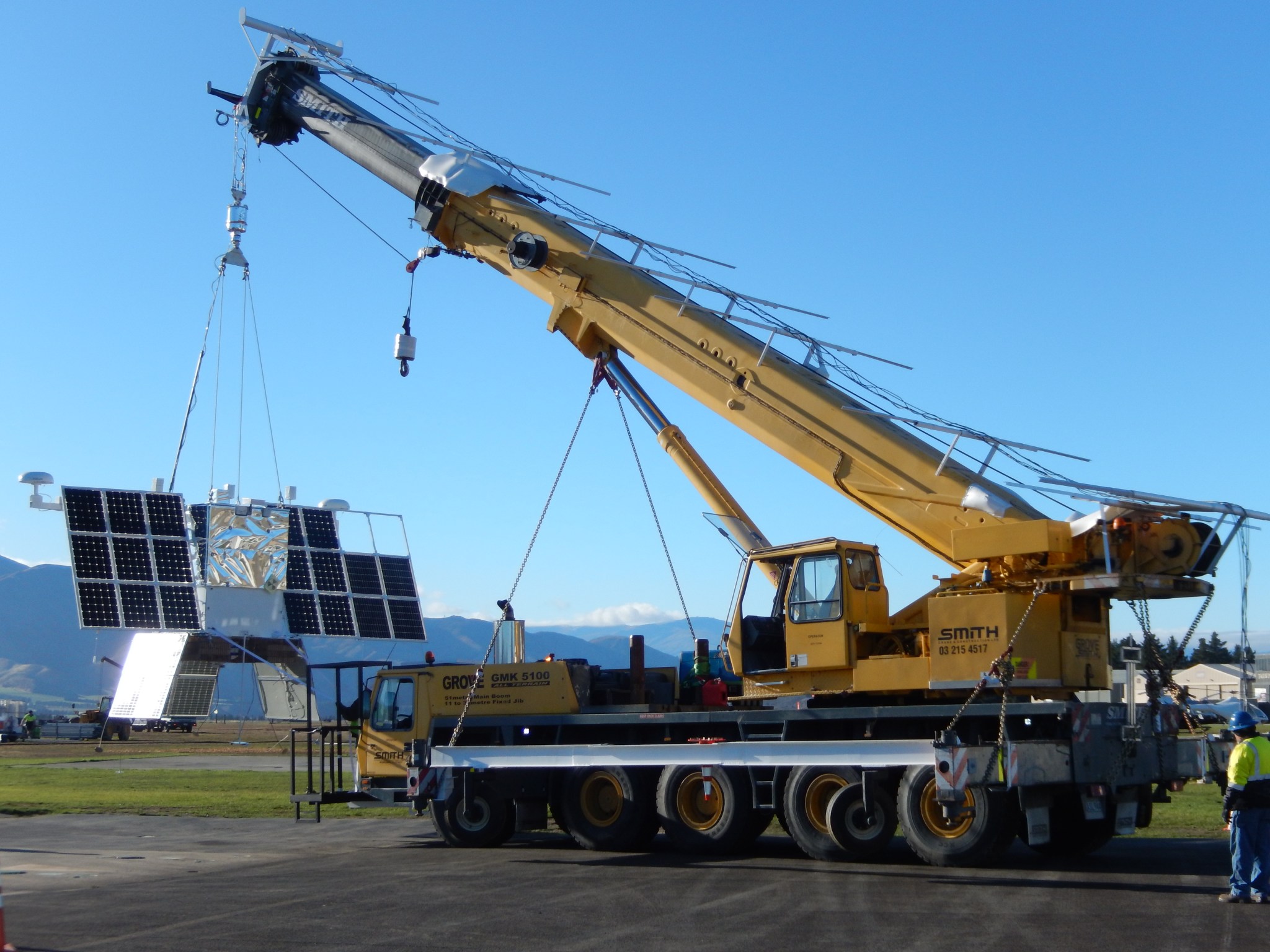UPDATE: Saturday, April 9, 6:30 a.m. (New Zealand time zone): NASA postpones super pressure balloon launch
NASA postponed the scheduled launch of its super pressure balloon (SPB) from Wanaka, New Zealand, at 6:30 a.m. Saturday, April 9 (New Zealand time) due to unacceptable weather conditions for operations.
Launch preparations began at midnight by mounting the payload’s solar arrays and attaching the gondola to the bottom of the flight train. However, winds at the ground level and at 250 meters failed to align in the direction required for laying out the balloon preventing the team from moving forward with launch procedures.
“We knew going into today’s attempt that the winds were marginal, and unfortunately, they just didn’t set up for us in a way that would support launching,” said Debbie Fairbrother, NASA’s Balloon Program Office chief.
NASA will announce by 2 p.m. Saturday whether or not Sunday’s weather will support a launch attempt.
—————————
“It’s the nature of the business,” said Dwayne Orr, SPB campaign manager at NASA’s Columbia Scientific Balloon Facility. “It’s not uncommon to wait weeks for weather conditions to set up in a way favorable for balloon operations. We’re a patient bunch; we’re prepared to wait out the weather at least through the end of April and potentially longer if we need to.”
WANAKA, New Zealand – NASA is targeting Saturday, April 9 (Friday, April 8 in Eastern Time), to conduct a super pressure balloon (SPB) test flight launching from Wanaka Airport, New Zealand, on a potentially 100-day journey.
Forecast surface and low-level winds are currently marginal for supporting a launch attempt.
NASA will begin flight preparations in the early morning hours Saturday and will continue to evaluate real-time and forecast weather conditions throughout the morning. If weather is conducive for launch, lift-off is scheduled between 8 and 11:30 a.m. locally (between 4 and 7:30 p.m. EDT Friday, April 8).
“While conditions are marginal, a slight shift in the weather pattern could put us in the zone,” said Dwayne Orr, campaign manager with NASA’s Columbia Scientific Balloon Facility.
The purpose of the flight is to test and validate the SPB technology with the goal of long-duration flight (100+ days) at mid-latitudes. Once launched, the 532,000-cubic-meter (18.8-million-cubic-foot) balloon will ascend to an operational float altitude of 33.5 kilometers (110,000 feet) flying an eastward trajectory. NASA estimates the balloon will circumnavigate the globe about the southern hemisphere’s mid-latitudes once every one to three weeks, depending on wind speeds in the stratosphere.
NASA is working closely alongside Airways, New Zealand’s air navigation service provider, to plan the airspace logistics for the balloon launch. Airways will coordinate with NASA to ensure minimal impact on normal scheduled aircraft operations and facilitate safe passage of the balloon through controlled airspace. NASA will provide Airways with the balloon’s predicted trajectory based on wind and weather conditions, ensuring the organization has the most up-to-date information to safely manage the airspace.
In addition to Airways, NASA is also working closely with the Queenstown Lakes District Council, Queenstown Airport Corporation, and the Wanaka Airport team.
This launch is NASA’s second super pressure balloon mission from Wanaka; the first launch occurred March 27, 2015, flying 32 days, 5 hours, and 51 minutes in the most rigorous test environment flown by an SPB to date.
Flying as a mission of opportunity on this year’s flight is the Compton Spectrometer and Imager (COSI), a gamma-ray telescope developed by the University of California, Berkeley. COSI is a NASA-funded mission designed to probe the mysterious origins of galactic positrons, study the creation of new elements in the galaxy, and perform pioneering studies of gamma-ray bursts and black holes. Long-duration flights are vital to these types of studies.
Another mission of opportunity is the Carolina Infrasound instrument, a small, 3-kilogram payload with infrasound microphones designed to record acoustic wave field activity in the stratosphere. Developed by the University of Carolina at Chapel Hill, previous balloon flights of the instrument have recorded low-frequency sounds in the stratosphere, some of which are believed to be new to science.
NASA’s scientific balloons offer low-cost, near-space access for conducting scientific investigations in fields such as astrophysics, heliophysics and atmospheric research.
NASA’s Wallops Flight Facility in Virginia manages the agency’s scientific balloon flight program with 10 to 15 flights each year from launch sites worldwide. Orbital ATK, which operates the NASA Columbia Scientific Balloon Facility (CSBF) in Palestine, Texas, provides mission planning, engineering services and field operations for NASA’s scientific balloon program. The CSBF team has launched more than 1,700 scientific balloons in the over 35 years of operation.
For more information on the balloon program, visit: https://www.nasa.gov/scientificballoons
Launch Viewing Information
Wanaka Airport officials advise that local residents and visitors will have the best vantage points for the launch from:
- The Hawea Flat side of the Clutha River
- Atop Mount Iron
- On the hill on the Hawea side of the Red Bridge by Kane Rd.
The launch can be tracked in the following ways:
- Track the progress of the flight at the following link, which includes a map showing the balloon’s real-time location, at: http://www.csbf.nasa.gov/newzealand/wanaka.htm
- For mission status updates follow NASA’s Wallops Flight Facility social media accounts (#superballoon): www.facebook.com/NASAWFF and www.twitter.com/NASA_Wallops
- For launch updates follow on Wanaka Airport’s Facebook page www.facebook.com/WanakaAirport
- For the live broadcast from Wanaka Airport tune in to Radio Wanaka 97.0FM
Super Pressure Balloon Facts
- Volume of the balloon when fully inflated: 532,379 cubic meters (18.8 million cubic feet); about the size of a football stadium
- Diameter of the balloon when fully inflated: 114.5 meters (376 feet)
- Height when fully inflated: 68.96 meters (233 feet)
- Altitude at float: 33.5 kilometers (110,000 feet)
- Amount of balloon film used to make the balloon (the film is polyethylene—the same material used in sandwich bags, though our film is much stronger and more durable): 8.9 hectares (22 acres)
- Combined weight of the balloon and payload for this mission: 4,634 kilograms (10,216 pounds); separately, the balloon weighs 2,367 kilograms (5,218 pounds) and the payload weighs 2,267 kilograms (4,998 pounds)
